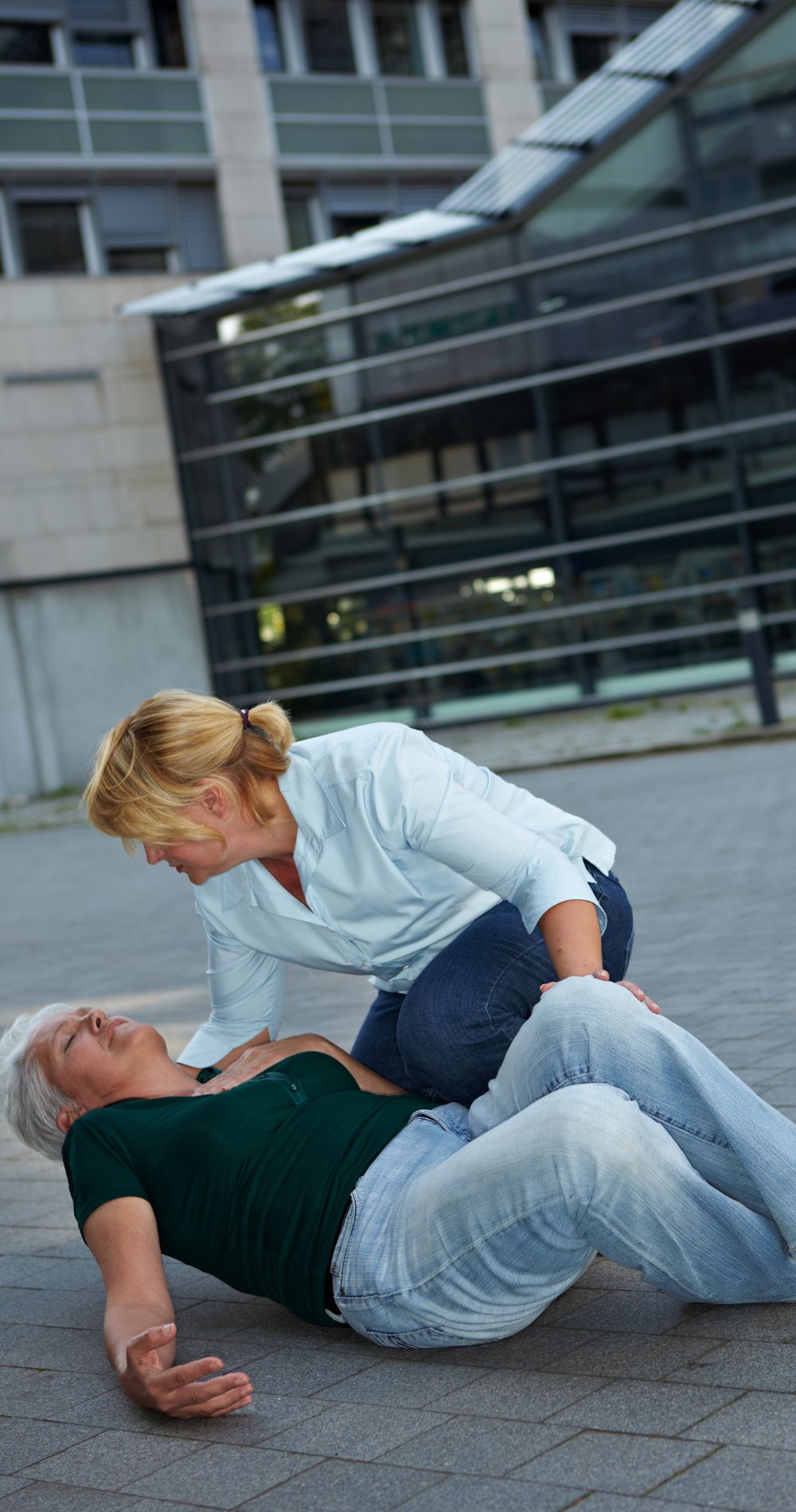November is National Epilepsy Awareness Month
There are 3.4 million people living with epilepsy in the United States; 470,000 of them are children.
Epilepsy is a neurological disorder in which brain activity becomes abnormal, causing seizures. The Epilepsy Foundation is working to achieve a seizure-free nation, by raising awareness and funds, spreading education about the disease, and pushing for more research.
What does a seizure look like?
Seizures are sudden surges of abnormal and excessive electrical activity in your brain and can affect how you appear or act. Where and how the seizure presents itself can have profound effects. Not all seizures are a result of epilepsy, but your doctor may diagnose you with epilepsy if you have two unprovoked seizures or one unprovoked seizure with a high risk of more.
There are many types of seizures. To classify them, doctors weigh where the seizure starts in the brain, a person’s level of awareness during a seizure, and whether movements happen during a seizure.
General onset seizures affect both sides of the brain or groups of cells on both sides of the brain at the same time. All awareness is impaired.
A focal onset seizure is another name for a partial seizure. This seizure doesn’t occur all over the brain, it can start in one area or group of cells on one side of the brain. With this type of seizure, someone can be aware, or partially aware.
A seizure is classified as unknown onset if it is unknown where it begins in the brain, or if no one is around to observe it. As more information is learned, an unknown onset seizure may later be diagnosed as a focal or generalized seizure.
What to Do if Someone Has a Seizure
It can be a scary experience observing someone having a seizure around you. This could happen not only with family members prone to seizures but also in public. To be prepared, read the tips below.
Stay calm
This may sound hard, but your response can affect how other people act – even the person experiencing the seizure. There is no way to stop a seizure, it is something that must play its course. Calmly sit with the person experiencing the seizure and reassure them. This will help their recovery.
Track the seizure
To track what kind of seizure it may be, or to gauge a pattern of seizures, track how long the seizure lasts. Make sure to mark how much time there is between the beginning and the end of the active seizure, and how long it takes for the person to recover and return to their usual activity level. Track their breathing during the seizure. If the person is lying down, turn them on their side, with their mouth pointing to the ground – this will help them breathe.
Don’t put anything in their mouth
This includes food and water. If a person is not fully awake or aware of what is going on, they might not swallow correctly. Food, liquid, or pills could go into their lungs instead of their stomach and make them choke. A person may bite down during a seizure if their jaw and face muscles tighten.
Do not leave the person’s side
A seizure could start with minor symptoms, but it could also become more serious. If someone falls or loses consciousness, for example, you’ll want to be there to help.
Prevent injury
When someone is in active seizure, they’re not fully in control of their actions. This could be dangerous. Be sure to move dangerous objects out of the way. If they’re wandering, keep them away from traffic, the edge of a train or subway platform, high places, and sharp objects.
Provide care if needed
If the seizure lasts longer than usual, or you are no longer able to provide appropriate care, call 911. Know when to give “as needed” (or rescue treatments), if prescribed.
Responding to Seizures: New Approaches to Seizure First Aid
Epilepsy.com’s Associate Editor Patty Osborne Shafer, RN, MN, introduces a series of videos about new approaches to seizure first aid. This video series covers care and comfort first aid, how to respond to seizures, and techniques for sharing first aid information with others. Watch the whole playlist to learn everything.

